
Why Do Cyclists Take Longer Routes? Safety & Highway Code Explained
Cyclists and electric bike riders often take longer routes to stay safer, more visible, and compliant with the Highway Code. Quieter roads, clearer sightlines, smoother surfaces, and fewer high-risk junctions make these alternative paths more predictable and comfortable—reducing risk and improving overall ride safety.
Why Do Cyclists Take Longer Routes?
Cyclists often choose longer routes not out of inefficiency, but because these paths offer greater enjoyment, better training value, and a safer, more comfortable riding experience. Whether it’s avoiding heavy traffic, seeking smoother terrain, building endurance, or simply enjoying scenic landscapes, a longer ride can deliver benefits that outweigh the extra distance.
For many riders, cycling isn’t just about reaching a destination quickly—it’s about improving fitness, staying motivated, and making the journey itself more rewarding. Ultimately, the choice to ride farther reflects a balance of safety, performance, and personal satisfaction.
1. To Follow Safer, Low-Traffic Roads
Cyclists and electric bike riders often opt for quieter residential streets or backroads instead of busy main roads. Lower traffic volumes significantly reduce the risk of close passes, side-swipes, or collisions. These calmer streets allow riders to maintain a steady pace, focus on their surroundings, and enjoy a more relaxed, predictable journey. For commuter cyclists, e-bike riders, and recreational cyclists alike, choosing low-traffic routes improves both safety and confidence on the road.
2. To Avoid High-Risk Junctions and Roundabouts
Junctions, multi-lane roundabouts, and fast intersections are some of the most dangerous areas for cyclists due to blind spots, merging traffic, and complex vehicle movements. Taking a slightly longer detour allows riders to bypass these high-risk zones, reducing the likelihood of accidents. Longer routes that avoid such junctions provide a safer and smoother cycling experience, helping riders maintain control and anticipate potential hazards more effectively.
3. To Use Cycle Lanes, Tracks and Shared-Use Paths
Dedicated cycling infrastructure—such as protected cycle lanes, segregated tracks, and shared-use paths—offers a safer alternative to riding alongside motor traffic. Although these routes may add a few extra miles, they provide smoother surfaces, clearer visibility, and less interaction with fast-moving vehicles. For new cyclists, e-bike users, and commuter cyclists, these paths reduce stress, improve stability, and enhance overall riding efficiency.
4. To Avoid Road-Edge Hazards
The edges of roads often contain potholes, drain covers, debris, gravel, and uneven surfaces, which can increase the risk of falls or punctures. Cyclists taking longer routes can avoid these hazards by riding on smoother, better-maintained roads. By staying away from the gutter and unsafe edges, riders can navigate more confidently, maintain better control, and reduce the likelihood of accidents or mechanical issues.
5. To Maintain Better Road Positioning
Certain roads make it difficult for cyclists to ride visibly due to narrow lanes, parked vehicles, or high-speed traffic. Choosing a longer route often allows riders to adopt safer road positions, such as holding the primary lane or using wider roads where they are more visible to drivers. Proper road positioning reduces the risk of being squeezed by traffic, creates a predictable riding pattern, and enhances overall safety for both cyclists and electric bike users.
6. To Reduce Interactions With Heavy Traffic and Large Vehicles
Lorries, buses, and vans generate turbulence and have significant blind spots, making close encounters dangerous for cyclists. Longer, alternative routes often avoid roads dominated by heavy vehicles, creating a calmer and safer riding environment. For e-bike riders and commuter cyclists, minimizing interactions with large vehicles is a key strategy for risk reduction and a more enjoyable ride.
7. To Avoid Steep Hills or Difficult Terrain
Challenging climbs, rough surfaces, narrow lanes, or rural roads with poor conditions can make cycling more physically demanding or risky. While electric bikes can help with steep gradients, many riders still prefer longer routes that provide gentler inclines, smoother tarmac, and easier terrain. This approach improves efficiency, reduces fatigue, and can even extend battery life on e-bikes.
8. To Improve Comfort and Overall Riding Experience
Comfort, consistency, and a stress-free ride often outweigh the benefits of the shortest route. Longer paths with smoother surfaces, scenic streets, and quieter neighbourhoods allow cyclists to enjoy their journey while avoiding constant braking, swerving, or close encounters with vehicles. For commuter cyclists, recreational riders, and e-bike users, the longer route enhances the overall cycling experience, making the ride safer, more predictable, and ultimately more enjoyable.
What the Highway Code Says About Why Cyclists Choose Certain Routes
Safety Is Prioritised Over Directness
The Highway Code encourages cyclists to choose routes that keep them as safe and visible as possible. This often means picking roads with clearer sightlines, calmer traffic, or better surfaces rather than taking the most direct path. The focus is always on choosing the option that offers the safest overall riding environment.
Cyclists Are Not Required to Use Cycle Lanes
While cycle lanes can be helpful, the Highway Code makes it clear that riders are free to decide whether a lane is suitable for their journey. If a lane is too narrow, busy with pedestrians, poorly surfaced, or positioned next to fast traffic, cyclists may prefer a longer or alternate route that feels safer and more comfortable.
Road Positioning Rules Influence Route Choice
The Highway Code recommends that cyclists ride in positions that maximise visibility and reduce risk, such as taking the centre of the lane when needed. Some roads make this difficult due to narrow lanes, high speeds, or close-passing traffic. As a result, many cyclists and electric bike riders choose longer routes where they can maintain safer, more confident positioning.
Why the Long Route Is Often the Fastest (In Reality)
A longer route can often end up being quicker for cyclists and electric bike riders because it allows for smoother, more consistent riding without constant interruptions. Quieter backroads typically have fewer traffic lights, fewer junctions, and far less stop-start traffic than busy main streets. This steady momentum means riders spend less time waiting, braking, and accelerating—leading to faster real-world travel times even if the overall distance is slightly greater. For many riders, the “slower route” actually becomes the most efficient route.
A longer path also creates a calmer, more predictable cycling experience. Without heavy traffic, tight lanes, or sudden congestion, cyclists can maintain a comfortable pace and enjoy a more relaxed ride. This consistent flow reduces stress, boosts confidence, and often makes the journey feel quicker overall. For daily commuters, weekend riders, and e-bike users alike, the longer route often delivers smoother progress, better ride quality, and a more enjoyable cycling experience.
Tips for Drivers to Understand Cyclist Route Choices
-
Give space: Always leave enough room when overtaking cyclists or electric bike riders. Extra space reduces risk and allows them to maintain a safe line on the road.
-
Be patient: Cyclists may slow down, wait, or take a slightly longer route to stay safe. Showing patience helps prevent accidents and makes traffic flow smoother for everyone.
-
Expect cyclists to avoid hazards: Riders often swerve or change lanes to avoid potholes, debris, parked cars, or other road-edge dangers. Anticipating these movements improves safety.
-
Understand they are prioritising safety: Cyclists are not being inconvenient—they are choosing routes and positions that maximise visibility, minimise stress, and provide the safest journey possible. Recognising this creates a more cooperative and predictable traffic environment.
When a Longer Cycling Route Is Better for New Riders
For new cyclists and electric bike riders, longer routes often provide a safer and more manageable learning environment. Quieter roads with less traffic allow beginners to focus on controlling their bike, maintaining balance, and building confidence without the stress of fast-moving vehicles or crowded streets.
Longer, calmer routes also give new riders the space to practise essential cycling skills such as scanning over their shoulder, signalling intentions clearly, and maintaining safe road positioning. These controlled conditions help beginners develop predictable riding habits, making it easier to transition to busier roads and more complex traffic situations in the future.
Make Longer Cycling Routes Effortless with isinwheel E-Bikes
Longer routes are often safer and more comfortable, and an isinwheel electric bike makes these journeys effortless. With powerful motors, extended battery range, and smooth handling, e-bike riders can enjoy quieter streets, tackle hills, and maintain a steady pace without extra effort.
|
Images |
 |
 |
 |
 |
 |
 |
|
Models |
||||||
|
Top Speed |
20 MPH |
20 MPH |
18.6 MPH |
21.7 MPH |
19 MPH |
20 MPH |
|
Peak Power |
500W |
500W |
500W |
500W |
500W |
750W |
|
Battery |
36V 7.8Ah |
36V 13Ah |
36V 7.8Ah |
36V 10.4Ah |
36V 10.4Ah |
36V 10.4Ah |
|
Max Range |
28 miles |
65 miles |
35 miles |
60 miles |
55 miles |
55 miles |
|
Speed (before unlock) |
10/15/25 km/h |
6/10/15/20/25 km/h |
10/15/25 km/h |
6/10/15/20/25 km/h |
6/10/15/25 km/h |
6/10/15/20/25 km/h |
|
Speed (after unlock) |
15/25/32 km/h |
10/15/20/25/32 km/h |
15/25/30 km/h |
6/10/15/20/35 km/h |
15/25/30 km/h |
10/15/20/25/32 km/h |
|
Brake System |
front and rear disc brakes |
mechanical brake |
disc brakes |
mechanical disc brakes |
dual disc brakes |
dual disc brakes |
|
Max Load |
120 kg |
120 kg |
120 kg |
150 kg |
120 kg |
120 kg |
|
Net Weight |
23.2 kg |
27 kg |
23.3 kg |
27kg |
26.5 kg |
28.4 kg |
|
Suspension |
Rear mid shock absorber |
Front suspension |
Adjustable front fork + comfort saddle |
Hydraulic fork |
Dual |
Aluminum front fork |
|
Max Climb |
20% |
37% |
25% |
20% |
20% |
20% |
|
Tire Size |
14×1.95" |
26×1.95" |
16×1.75" |
26×1.95" |
16×2.15" |
26×1.95" |
|
Tire Type |
Pneumatic |
Pneumatic |
Pneumatic |
Pneumatic |
Pneumatic |
Pneumatic |
|
IP Rating |
IPX4 |
IP65 |
IPX65 |
IPX5 |
IPX4 |
IPX4 |
|
Removable Battery |
No |
Yes |
No |
Yes |
Yes |
Yes |
|
Rider Height |
150–185 cm |
160–192 cm |
155–185 cm |
160–190 cm |
140–180 cm |
150–192 cm |
Conclusion
Cyclists and e-bike riders often choose longer routes to prioritise safety, comfort, and better visibility. Quieter streets, smoother road positioning, and fewer interactions with traffic make these journeys safer and more enjoyable. With an isinwheel electric bike, even longer routes become effortless, allowing riders to enjoy safer streets, tackle hills with ease, and maintain a smooth, predictable ride. Choosing the right e-bike ensures that safety and comfort come first, without compromising on distance or performance.
FAQs
What is the 75% rule in cycling?
The “75% rule” is a training principle that helps cyclists build endurance safely. It recommends that at least 75% of your weekly training should be done at or below 75% of your maximum heart rate or functional threshold power (FTP). This approach improves aerobic fitness, prevents overtraining, and enhances overall cycling performance.
What is Rule 37 for cycling?
Rule 37 of the Highway Code states that cyclists should not ride more than two abreast unless on a segregated cycle path. This helps maintain safe spacing between riders, reduces the risk of accidents, and ensures smooth interactions with other road users.
What are the new rules for cyclists in the Highway Code?
The updated Highway Code focuses on cyclist safety and the hierarchy of road users. Key changes include giving priority to pedestrians at junctions, riding in positions that maximise visibility, using quieter or safer routes, and maintaining safe distances from vehicles. Cyclists are encouraged to take longer, safer routes when needed.
Why do cyclists sometimes take longer routes?
Cyclists and e-bike riders often choose longer routes to stay on quieter streets, avoid high-traffic areas, reduce interactions with large vehicles, and maintain safer road positions. Longer routes provide a smoother, more predictable, and less stressful ride.
The Latest Posts
Explore isinwheel products
City E Scooter | Off-Road Scooter
Fastest Scooter | Kids Scooters




















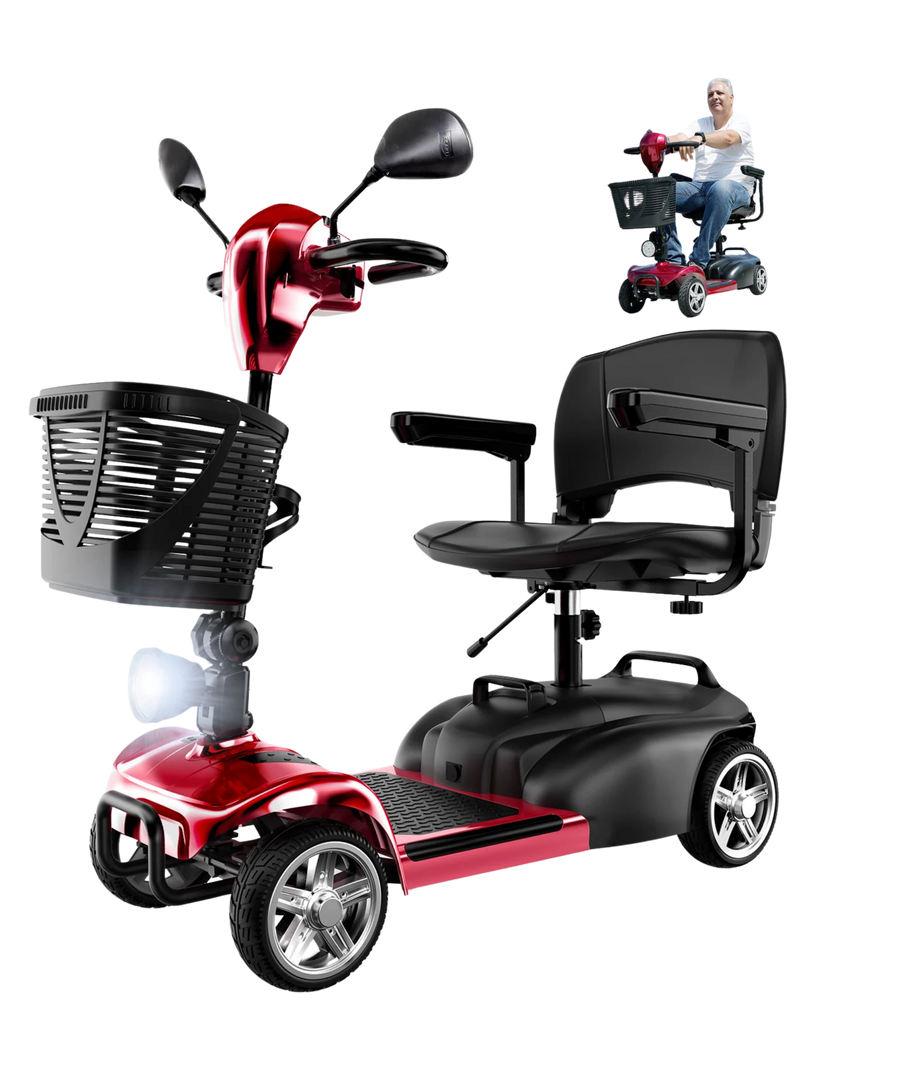


























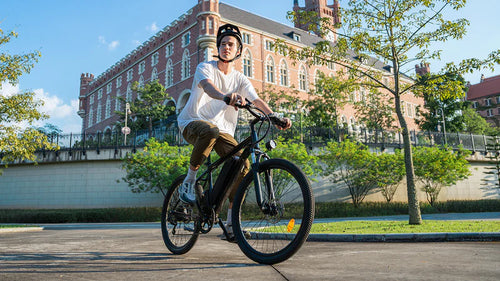
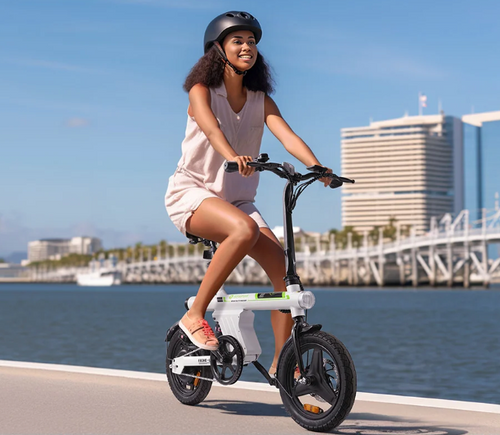


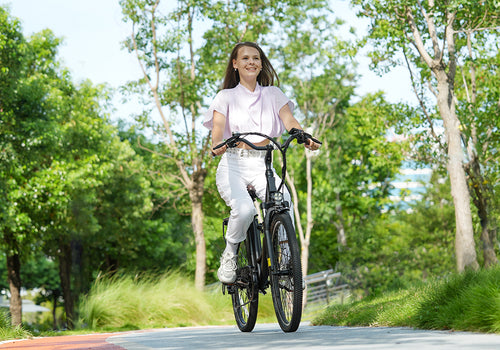
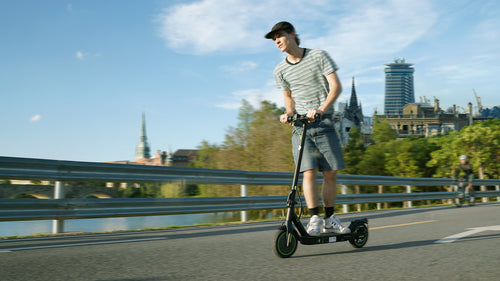


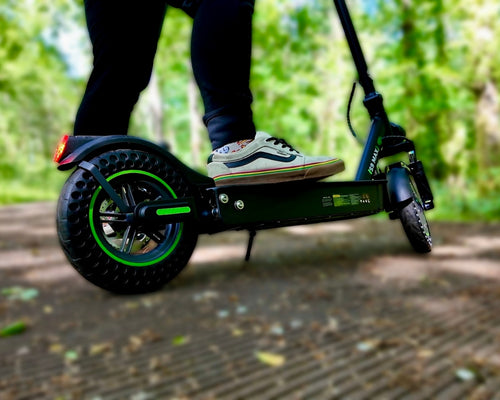
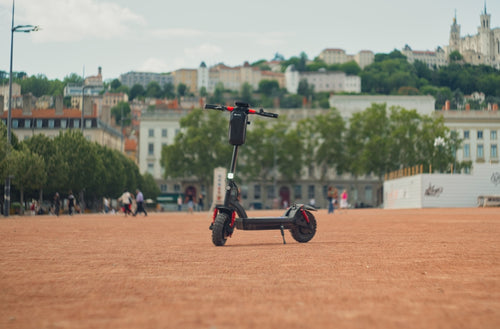
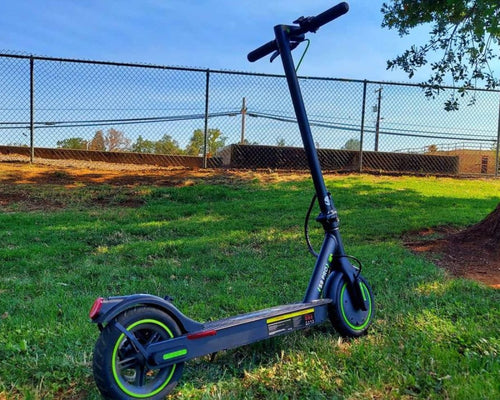





Leave a comment